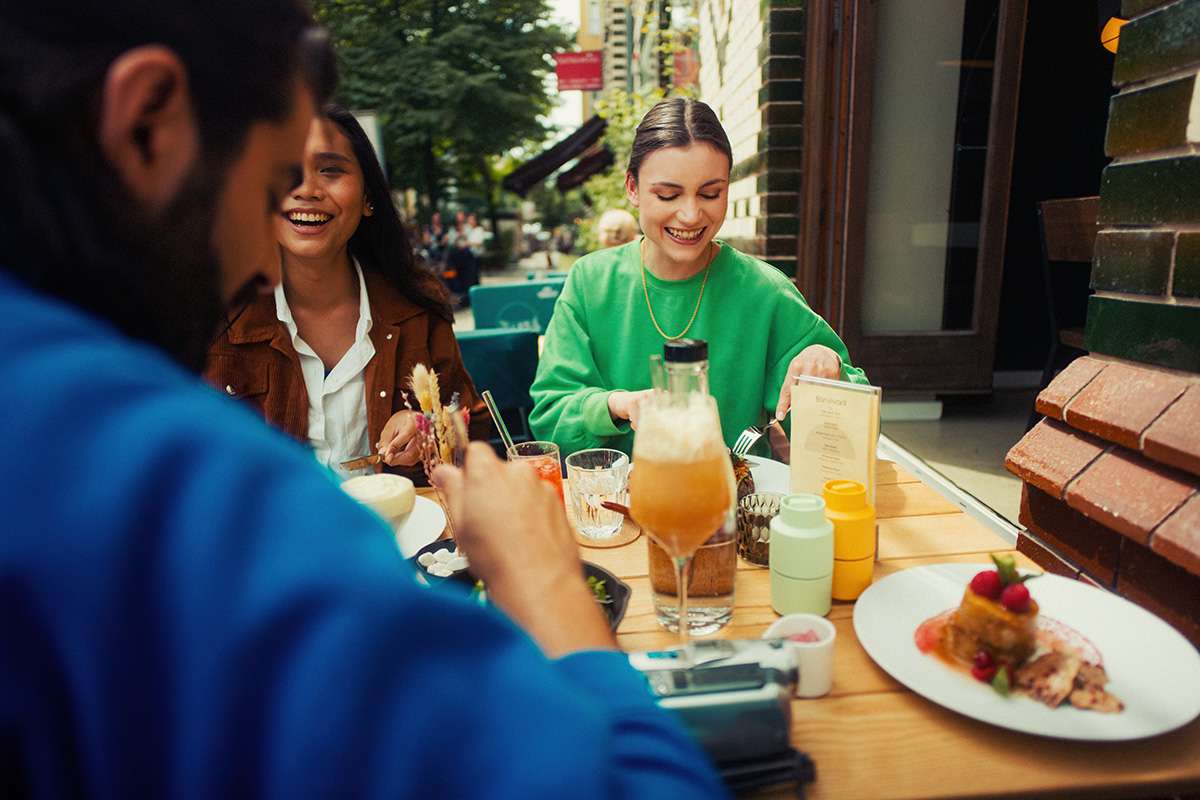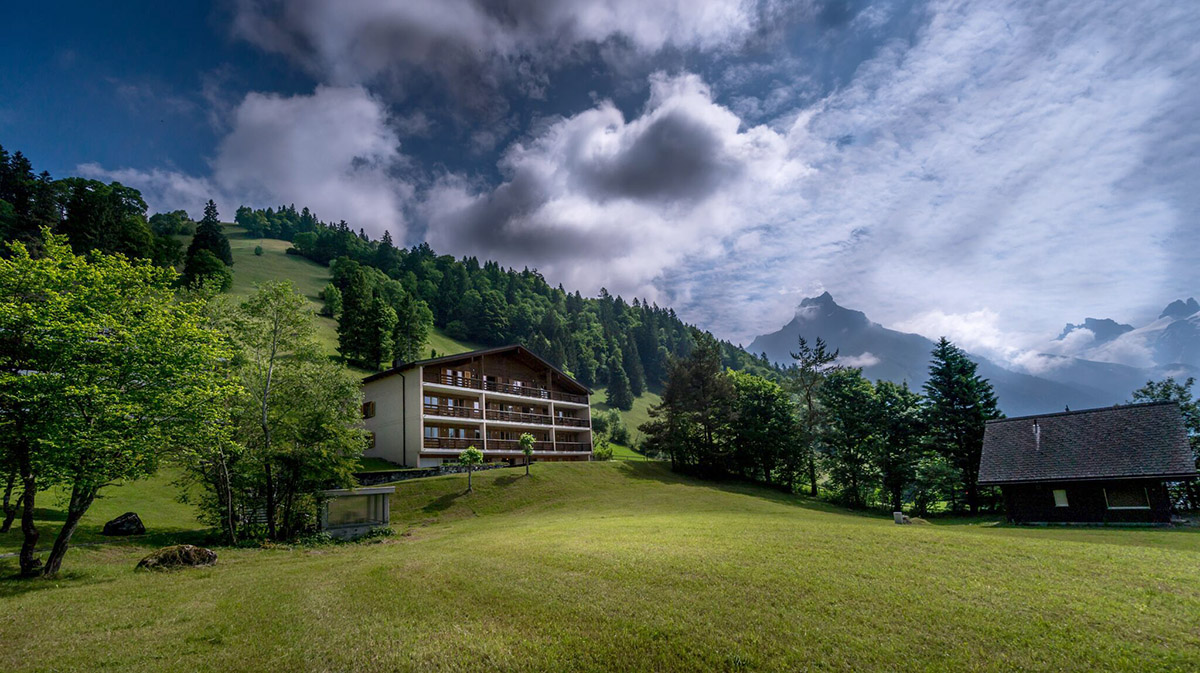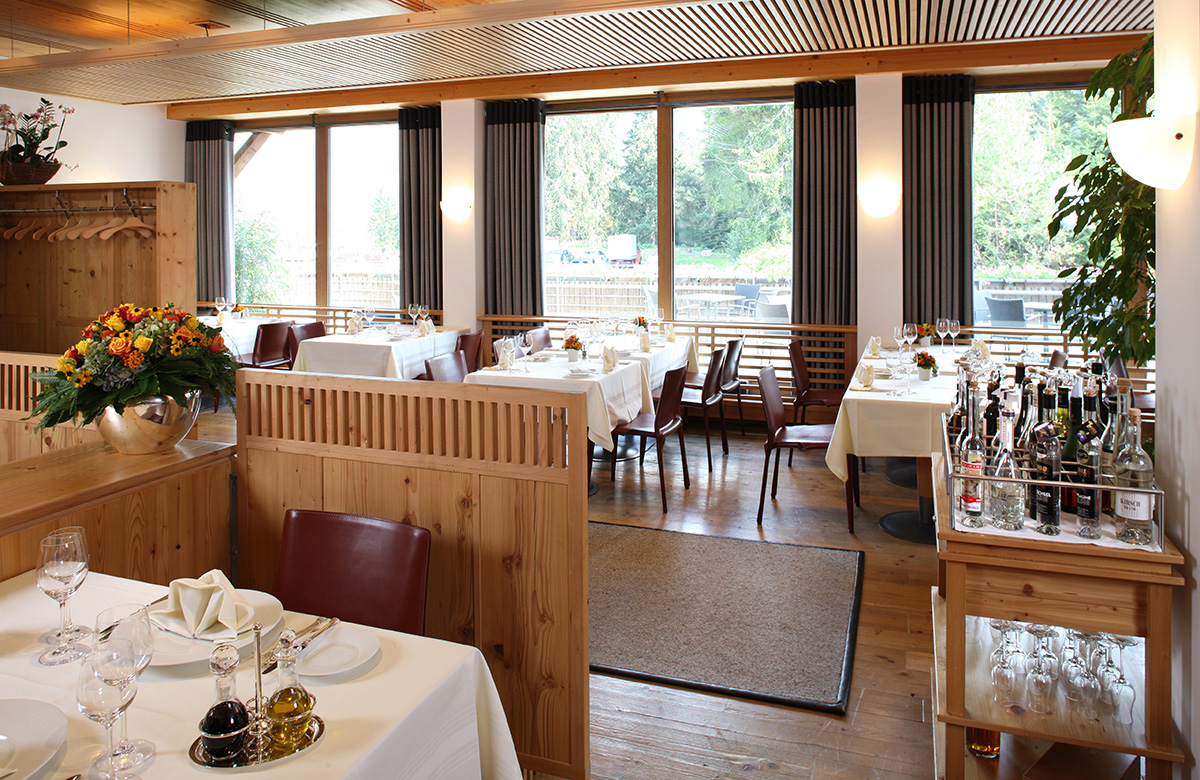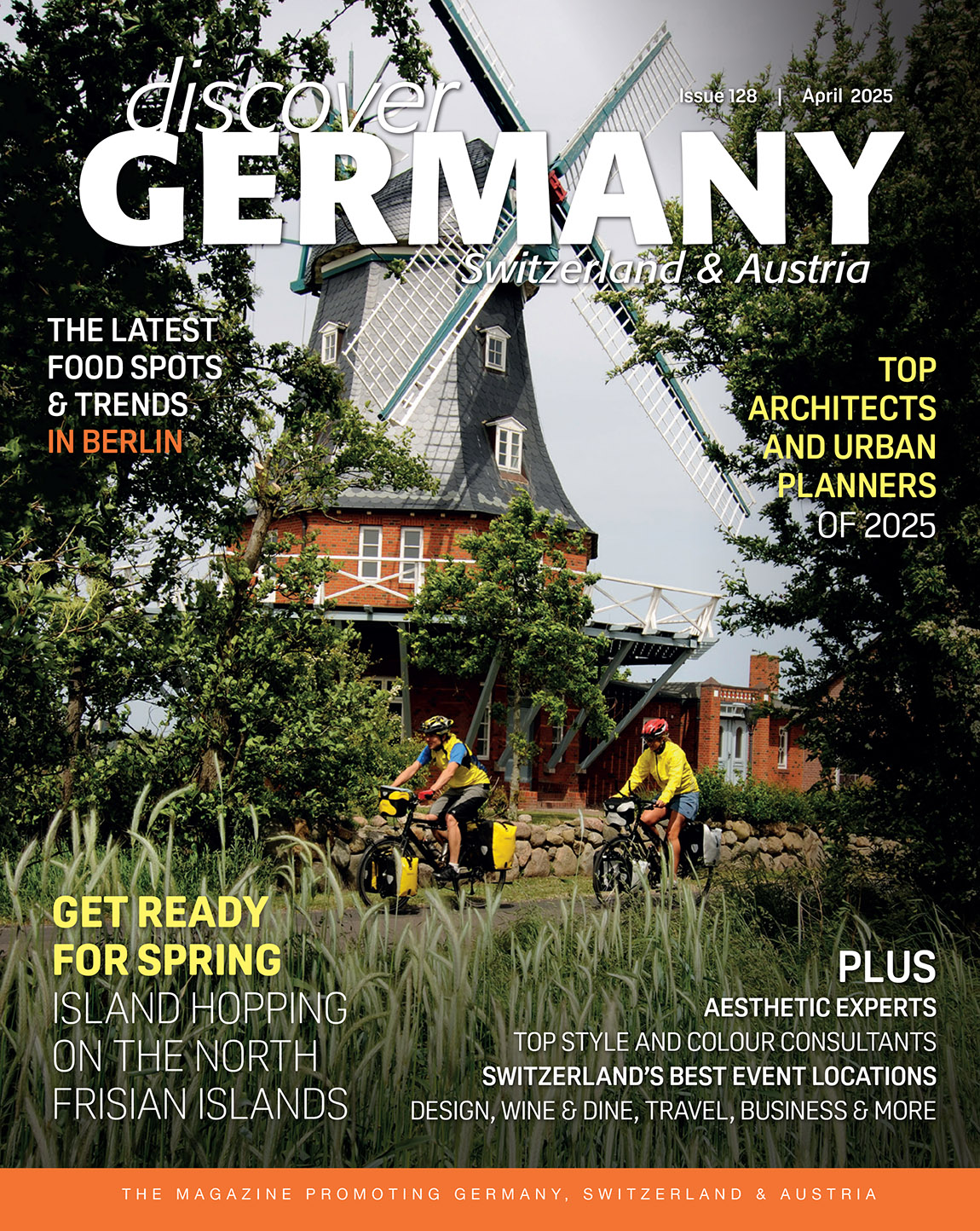A New Age for German Wines?

In conquering markets and winning hearts, the playing field for Germany’s flagship wine Riesling has never been level – is that about to change?
The most abiding advantage French and Italian wines have always had – and still have – is that they have travelled piggyback on their cuisines throughout the 20th century. Would the iconic Chianti-bottle have become so ubiquitous had it not been for countless pizzerias and trattorias across the western world? Would French wines have reached the same apotheosis had it not been for the stranglehold of ‘la haute cuisine’ over what was perceived as fine dining until ‘molecular gastronomy’ swept collective table tops clean? Wines become successful if you sell not only the beverage but also the drinking occasion. The revival of dry Sherry, for example, is only due to tapas bars which demonstrated to a whole new generation of drinkers at first hand how fabulously well Fino pairs with smoked almonds and paper-thin slivers of jamon.
This is the kind of leg-up that German wines have never had. Should you actually come across a German-styled restaurant it will most likely be a travesty: a beer-hall dedicated to sausages, sauerkraut and more or less buxom waitresses in fake Dirndl dresses that will make entire Alpine civilisations shudder. Nor are you likely to find
good German wines there: such establishments capitalise on the quality of German beer while peddling a downmarket version of the food. Short of some bright spark opening and financing a German-styled chain of Riesling-lounges on über-cool, international roof terraces, this is unlikely to change. Or is it?
Germans themselves have neglected some their greatest vineyards. They – apart form a few exceptions – did not speak with conviction when they went abroad, so why should the world at large appreciate what is disdained at home? Even in Germany good restaurants did not champion German wines while the very finest exponents – the
Auslesen, Beerenauslesen and TBAs, all nobly sweet – were so niche they garnered the same excitement as a congress of philatelists. This is how they were marketed, too, with intricate, tongue-twisting gothic labels. Just a few years ago, Riesling, Silvaner, Spätburgunder and Co. were considered terminally uncool.
So what has changed? It’s hard to date, but something has shifted permanently. Perhaps it was climate change, perhaps improved viticulture. Perhaps it was the scores of Geisenheim graduates fanning across the globe to work vintages abroad, returning home and realising for the first time their own utterly unique vineyards. Perhaps it was the thrill of tasting a Riesling with that unmistakeable electric acidity. Perhaps it was the realisation that Germany
simply cannot compete on price and must therefore compete on quality. The reasons are numerous but for the first time in years German winemakers are presenting their wines to the world with a newfound pride. On a regular basis now, German wines are wheeled out to be presented with numerous Asian cuisines where their subtle nuances complement textures and flavours without dominating them. But is Asian food the long-lost culinary leg-up that was missing for so long?
Not just Asian but modern, metropolitan cooking is the ticket. Coincidentally, consumer tastes shifted away from heavy-hitting, oak-saturated wines towards fresher, lighter styles while wine-lovers have become more
sophisticated: no longer do they equate Germany just with sweet wines – even though a little sweetness – that slight touch of residual sugar that acts as flavour enhancer rather than as sweetener, can be a boon for modern cooking. Star sommelier Dustin Wilson, wine director at Manhattan’s Eleven Madison Park Restaurant, says “just in the last five to ten years or so that having a wine with a little sweetness is not necessarily a bad thing anymore.” He loves pairing such marginally sweet German Rieslings with inventive combinations – lighter versions of traditional foods like a salad of roasted pork leg, tossed with leaves, port jus and mustard and topped with roasted cherries.
He is echoed by Billy Wagner of the ultrahip and Michelin-starred Weinbar Rutz in Berlin: “Ten years ago when I started you could not sell Riesling – today that has changed completely,” Wagner explains. “Even restaurants who for years only sold Bordeaux, Burgundy,Tuscany and Piedmont are today selling great German wines.” Where food is concerned, Wagner knows that “Riesling combines sensationally well with food. No matter where you look, kitchens are defining themselves by producing a succession of light but very flavoursome courses, and Riesling is very exciting in that situation. Despite its lightness it delivers lots of flavour and complexity.” Good news then: you can now head to any ontrend wine bar and proudly ask for a good German wine. If the sommelier is worth his salt he’ll have a Riesling, Silvaner, Grau- or Weissburgunder chilling for you.
By Anne Krebiehl, published in Discover Germany issue 4 – June 2013 | Photos: GNTB Neustadt a.d. Weinstraße, Tourist, Kongress- und Saalbau GmbH
Subscribe to Our Newsletter
Receive our monthly newsletter by email




